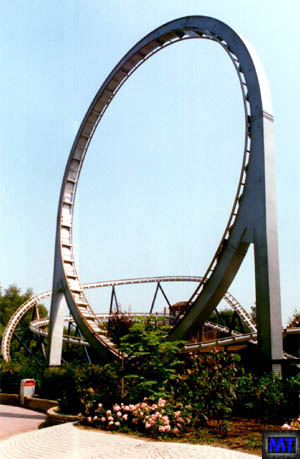
In the previous articles on adding music to a podcast (part 1 and part 2) I discussed how to first add something like theme music or a jingle, and then some tips on how to deal with background music. For this post I’ll continue to talk about background music.
If the previous post on background music was about how to make the music fit in the same room as the voice, this will be about how to practically make background from a short sound clip. You will not always have the luxury of having someone record a full ten minute piece for your ten minute podcast, but you might have a sound clip that spans for 20-30 seconds that would fit. Enter looping.
With todays audio applications looping is often very simple. Take GarageBand for instance. Just hover the mouse over the upper right corner of the audio region, click’n’drag and you’re done. This works well whenever an audio file ends and begins with silence and in a proper way. However, if we take into consideration that your piece doesn’t, then there’ll be a little more work to do.
We’ll discuss the far from optimal scenario that your audio editor doesn’t have this looping function and that your audio clip that yo intend to use as background music is not recorded for looping. To “loop” the audio clip, just copy and paste it. It’s a very simple procedure in any audio application I have ever came across. For details on how to do it in the one you’re using refer to the manual. It’s often the same as copying and pasting text (ctrl/cmnd+c, ctrl/cmnd+v).
Now, create very short crossfades between the audio clips. This is to prevent clicks and pops from occurring when playing it back. It happens when the waveform ends abruptly and begins at some other point. Read the post Cleaning it up for more on that. If you’re unsure how to do fades, consult the audio applications manual.
Originally posted on December 12, 2007 @ 12:20 am